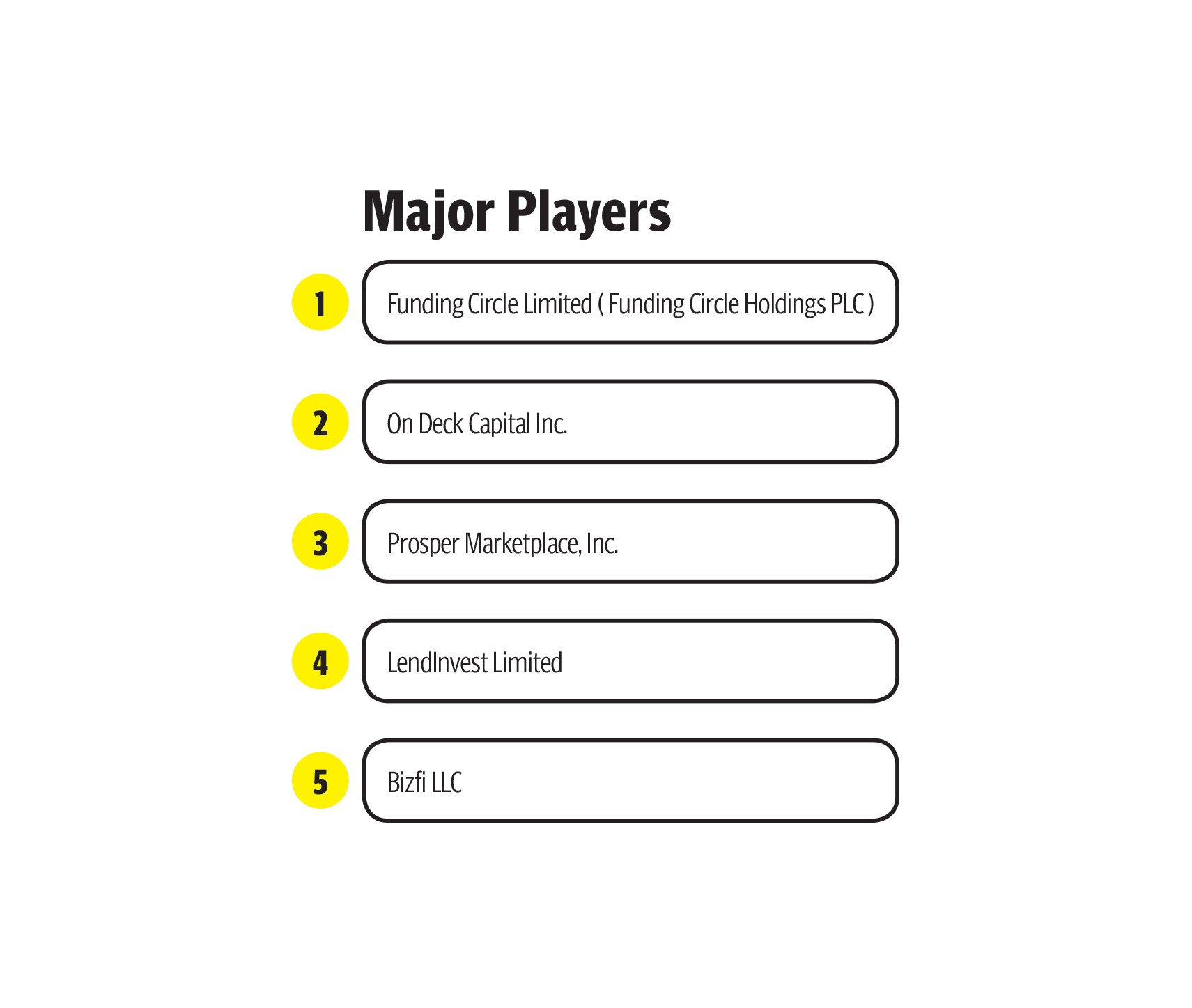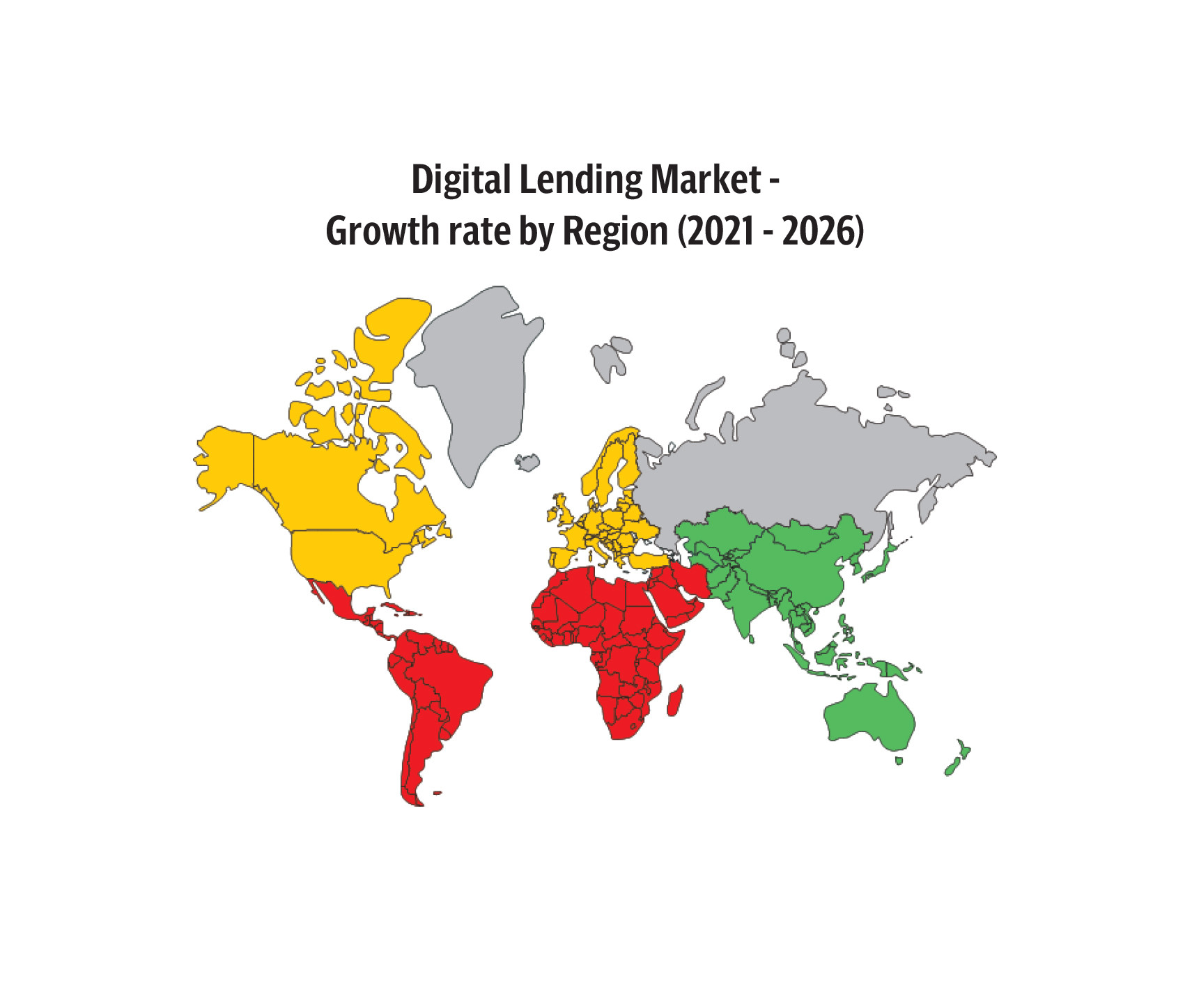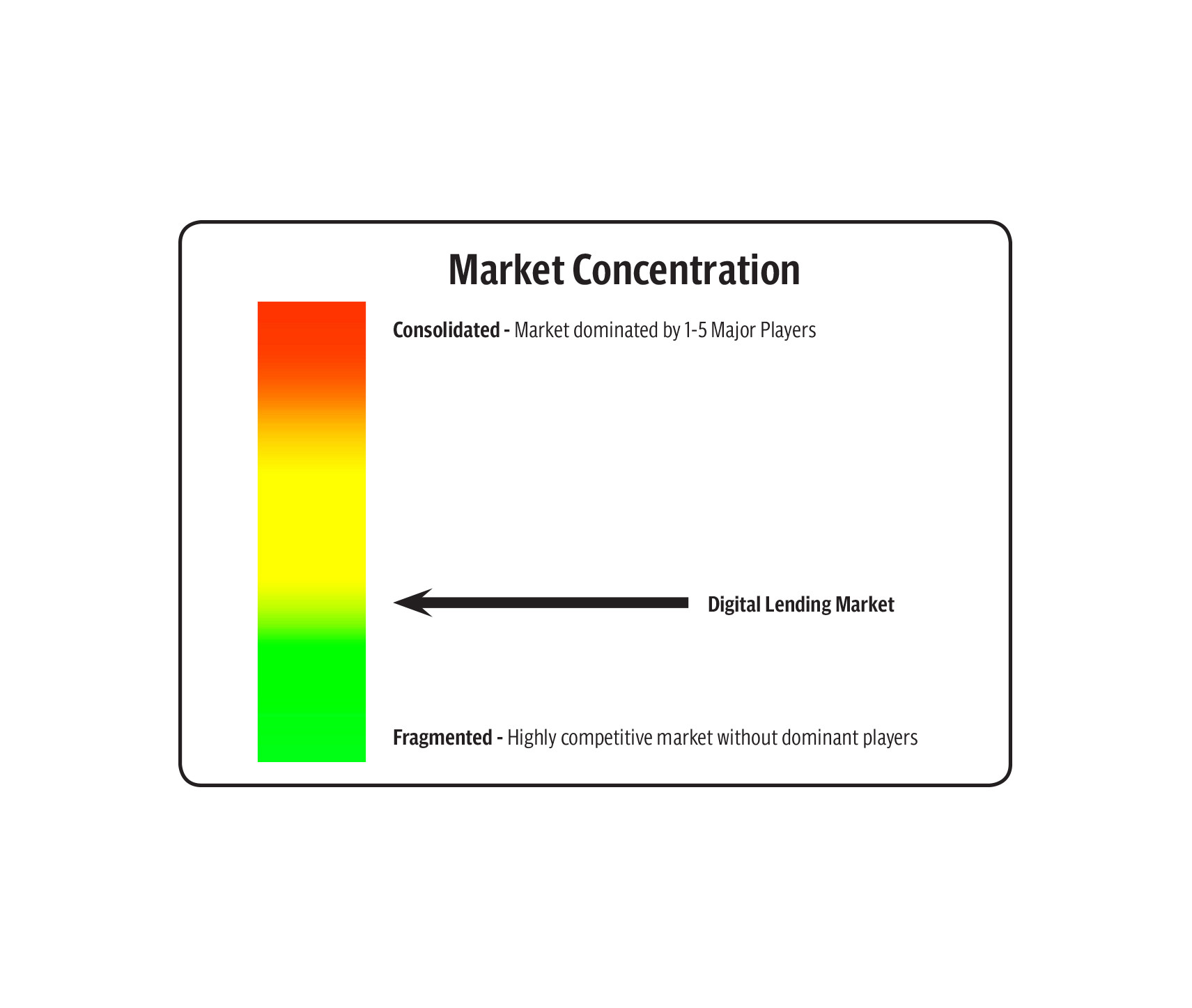Borrowers frequently use bank loans as a source of capital. In comparison to a robust capital market, a country with an underdeveloped capital market is less reliant on external financing. Bank credit is the primary external source of capital in financial markets. Loan and credit liquidity are crucial because they provide funding for growth and refinancing.
These are some out of many tech-enabled, regulated and non-regulated loan shark apps working in this space but the persistent issue of connectivity continues to pose a problem. While regulators and decision-makers can be resolve the issue through a simple few steps, a lack of willingness to do is also a setback.
Focusing more specifically on the subject of loan shark apps, recently the SECP Pakistan has successfully convinced Google to remove two major loan shark apps, Barwaqt and EasyLoan from its playstore. Based on endogenous growth theory, it can be stated that steady growth of credit and liberation of financials impact the economic indicators of a country positively in a long run. On the other hand, the inordinate monetary stimulus can have a negative impact on bank’s vulnerability and riskiness.
Gross Loan Portfolio (GLP) reached PKR356 billion in June '21, up 10 % from PKR 324 billion at the end of December '20, according to PARCA. In the first and second quarters of CY21, an almost identical 5% increase was reported. Active borrowers increased by 15% in June '21 to 8 million – up from 7 million at the end of December '20.
Increasing competition in digital space, opportunities and various options of expansion for businesses and technological advancement proved to be a turning point and laid a foundation in the space of abundance of loan supply to borrowers. While abundant capital can absorb credit market shocks, increased bank capital drove reckless credit transactions, culminating in loan losses. A lack of capital, on the other side, puts a strain on bank executives to amass more assets and yields, potentially leading to higher bad loans.
A few borrowers may be benefitting from these loan shark apps as they would have learned to work the system. But there will be many who borrowed for emergency assuming the advertised rates and tenors and are now going deeper into debt.
Not only was the borrower forced to borrow from friends and family to pay off the digital app, but he had to do it twice because people behind the digital app called the borrower's contacts and informed them that he had borrowed money and was not repaying it the second time. He still has to repay the original loan, with the interest on it which is increasing, plus he has now borrowed from family and friends too.
Credit market space of Pakistan

The credit market has been badly impacted by 2020 macro developments. The financing companies in Pakistan also felt the shocks of it. According to the Global Lending Market Report 2020 –2030, the 2020 annual growth rate (CAGR) indication fell to -1.9 percent, as prevalent type fell from 6,875.5 billion USD in 2019 to 6,751.3 billion USD at the conclusion of 2020.
At the same time, all lenders are being obliged to lower lending rates. More than half of the loans are being provided at a rate that is at least 95 to 98 % lower than in prior years. Despite a slowdown in activity in H1 2020, the market is rebounding, and leveraged loan issuance is expanding beginning in July 2020.
The average loan per borrower is a commonly acknowledged metric for determining whether the sector is targeting low-income borrowers. According to the PSIA report, Pakistan (US$151) has a lower average than Indonesia ($554) or Sri Lanka ($209), but a higher average than the others (which vary from $72 to $116), reflecting a lesser degree of access for poor borrowers.
According to Data Darbar research, as of June 28th, 27 of the top 100 finance apps on Google Play Pakistan were instant credit apps. Nineteen of them were offering loans in local rupees, and the top eight alone had 15.4 million downloads since their launch. That may not seem like much, but it is based on our historical trends. Especially given the time constraint.
In comparison, the top eight banks by total assets recorded downloads of about 4.4 million in the comparable period, according to app figures estimates. The majority of downloads are contributed by one player, Barwaqt, who has 9.27 million downloads. SeedCred Financial is licensed by the Securities and Exchange Commission and is backed by Chinese funds.
How does the loan lending framework work?
Peer-to-peer loans are those made and received by consumers without the involvement of traditional financial institutions. Participants can be entities or persons from any of the transaction's parties, and the rates can be preset or allocated. The borrowing procedure is now frequently organised in the surroundings of a P2P loan app. Online systems connect borrowers and lending institutions. Mobile applications offer a user-friendly process in which one can either be a lender or borrower.
Obtaining a loan is as simple as following these steps:
- Applying for an online loan with an app created by the lender firm or another owner;
- Financial condition of the borrower is screened in accordance with the lending platform's rules.
- Obtaining a credit decision — it usually takes 1–5 working days, but it can be as rapid as 10–40 minutes;
- Signing a deal and collecting funds
A borrower pays a monthly or weekly loan payment, and the cost is defined by the repayment plan. These apps are especially used for personal loans but how this system work is particularly interesting.
A significant portion of the sum is debited at the point of sale, ranging from 21% to 38% depending on the app, for service and/or transaction fees. Keep in mind that this is for 30-90 day periods, maybe even less. However, annual percentage rates, or the cumulative cost of debt in nominal terms, are reported to be in the 11% to 39% spectrum. That is a blatant mischaracterisation.
To illustrate, it can be further broken down. For instance, if you receive a Rs10,000 loan for a 30-day period, with Rs2,950 debited at the supplier. In this case, the service and processing fees alone total 354 percent on a yearly premise. Interests are not calculated in these rudimentary calculations. However, a significant portion of the amount is deducted at the point of sale, ranging from 21% to 38% depending on the app, for service and/or processing fees.
It is worth noting that the Barwaqt app, which has nearly two million downloads according to Sensor Tower data, is not very transparent in its interest rate communications to the end users. Financially untrained users are likely to be unable to understand the financial communications or copy presented to them. It is also worth noting that in a market where there is no credit score, charging a high interest rate to compensate for the risk of risky borrowers makes perfect business sense.
Controlled variables and balance sheets

Digital loan shark apps can increase income through controlled loan expansion if their balance sheets are stable and healthy. However, a concentration on greater yields or profitability renders borrowing cheaper to get for individuals and firms, which often leads to additional nonaccrual loans and a drop in bank capital. As a corollary, the growth of bad loans lowers an app’s insolvency. This finding is in line with the fact that suggests a nexus between solvency and loan growth via digitalisation of loan shark apps.
A Barwaqt advertisement, for example, suggests that a loan of Rs 50,000 would be charged at a 1% interest rate. However, user reviews on the Google Play Store indicate that interest rates are much higher against payback periods that are much shorter than the user expected.
This could be a disconnect between the user interface used to attract customers and the post-purchase communications. This could also be due to a lack of financial knowledge. Overall, the reviews for these apps, when sorted from one to three stars, indicate predatory behavior similar to that of loan sharks and payday loan providers.
Excessive credit inflow can wreak havoc on a lender's balance sheet. In light of this, higher loan growth can invariably translates into higher loan losses when major macroeconomic parameters such as GDP growth, inflation, and unemployment are taken into account. To overlook this, SBP entered the scene with the SME Asaan Finance (SAAF) Scheme by inviting the interest of banks through Expression of interest (EOI) that desire to build their SME loan portfolio. Time-bound refinancing for three years would be provided by the central bank to the banks selected through a transparent bidding process. Banks will reimburse the refinanced money in 10 equal annual payments after three years.
Fintechs' participation, albeit in conjunction with banks, might be viewed as a positive indicator. Local startups, for their part, did show an interest in the credit market. Most prominent of them is Finja. It has been among first few tech enabled financing for both B2B and B2C. Tez Financials, Creditpar, Trellis, Barwaqt and many other tech enabled digital financing apps are working in the market.
User(s) experience and loan shark apps
Financing loan(s) apps saw a hit in terms of acceptability by end user. It was evident by the fact that one of the app; Barwaqt has been downloaded by four million people. But in terms of user experience and go to app; EasyLoan Personal Loan Online, JazzCash, EasyPaisa, Barwaqt, and Zindagi were ranked in top five positions. While, Bada Loan - Cash Loan Instant was trending up in loan financing domain. Whereas, SadaPay was trending down in this domain.
All this was going up well for the people behind these apps, till people start talking about it and people who took loans from these apps started talking about their experiences. The experience of first hand effectiveness and reviews clashed with each other.
One of the reviewers while talking about Barwaqt said, “I will not recommend anyone to use this loan app. You have to pay higher interest rates even if you have borrowed a minimum amount.”
Another previous user of Barwaqt said, “Firstly they falsely advertise their service and secondly if somehow you manage to use it, they will reduce your account limits or may block your account for no proper reason.”
Another user of Creditpar reviewed the services and said, “The biggest problem is that they charge very high interest on it and nothing is explained in detail in the application, and those who receive their SMS, discounts, etc. are not implemented, i.e. no discount was received.”
But what's stopping them from regulating rather than giving licensed people a no-questions-asked amnesty? Or to expedite amendments to the Non-Banking Finance Company Regulations and develop more specific checks and balances?
Banks and the Fintech players
A solitary banking institution cannot create financial infrastructure for all of its clientele, banks collaborated with payment solution providers to improve their operations and attract all of their customers. These are some out of many tech enabled, regulated and non-regulated loan shark apps working in the space but the issue of connectivity stands where it is. It can be solved by a simple few steps if regulators and decision makers are willing to take.
Not advocating for further abuse of authority, but the SBP has previously directed its regulated entities to block payments to Indian content platforms, indicating that it possesses the necessary tools. While a lack of concern for citizens' financial well-being is certainly one reason for the authorities' indifference, the other is the subject's inter-regulatory nature.
With the API gateway, the process of integrating with Pakistan’s digital payments platform can become simple, cost effective and time saving. Raast isn't a bank or a mobile wallet; rather, it's a backend payment system akin to 1link that aims to bring all of the country's banks on board to provide the public with the best digital payment experience possible.
“Open API will work out for a framework of integrating the digital payments,” said Ammar Habib Khan, Chief Risk Officer at Karandaaz. “It will happen soon as all integrations with Raast will be through Open API.”
Different tiers of financing: Opportunity up for grasp

This framework in the space of intra bank-fin-tech companies for loans can be a success by other models of person to person transfer and the use of Raast by the merchant. All of these elements hint to the fact that new competitors are increasingly focusing on the gap that established financial institutions have typically left behind. The issue with them, however, is the high rates which may often reach 30 percent which no amount of ostensibly rational reasoning can alleviate. Thanks to the SBP's low-cost refinancing, SAAF and Raast has the capability to remedy this issue.
Icing to the cake is the second and third tier schemes of Kamyad Jawaan and Kissan Programmes targeting the domains of startups and SMEs with a financing range of between one to ten million and ten to twenty five million.
“Fintechs can integrate their preexisting SME clientele with a past history and use them as recourse to conventional financing from conventional banking,” said one of the board members at Advanc Pakistan. “Fintechs don't have the competence to credit up to Rs10 million, but they do have statistics on SMEs, while banks have the ready cash but no information on SMEs or a mechanism to identify them in an outlay approach.”
Raast and SAAF is a significant step forward for Pakistan, since it will speed up digital financial transactions. It will also guide the country's embrace of digital payments. In Pakistan's digital payment ecosystem, with realistic targeted micro-macro digital financing models like Kissan program and Kamyad Jawaan, gateway connectivity and integrations will improve service delivery.
Now that loan shark apps are blocked on playstore, it’s high time that these apps are regulated and they are made to pay for the exploitation they have done with their users. SECP took the right step, it’s not too late for SECP to make things right, but when would be the payday for all the exploitation is still far distant. Here’s to a cautious optimism.
